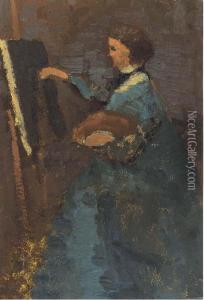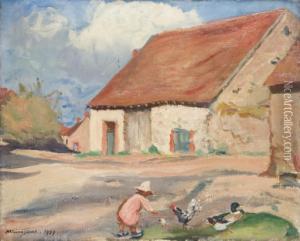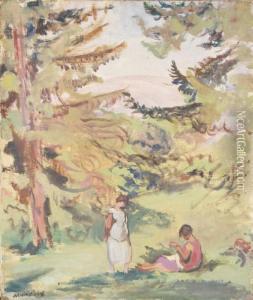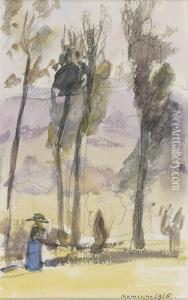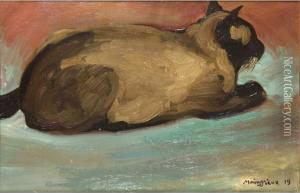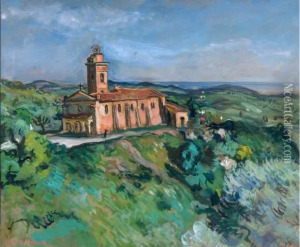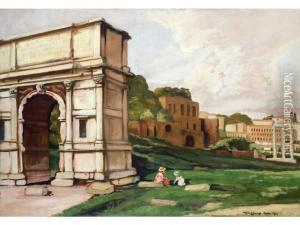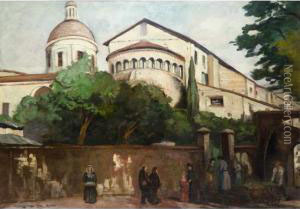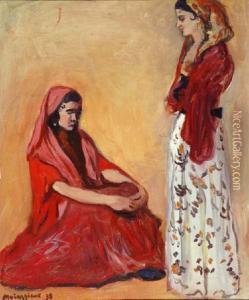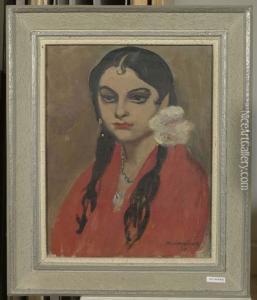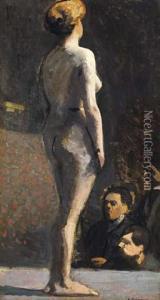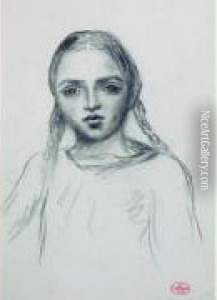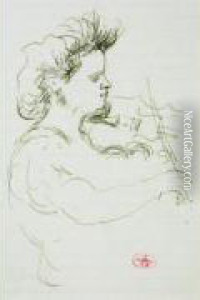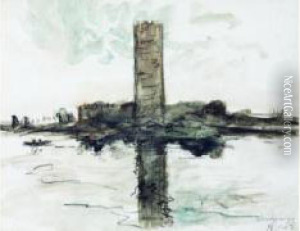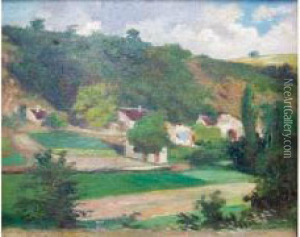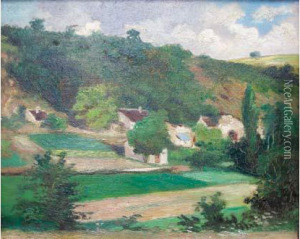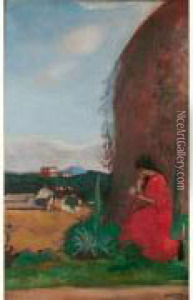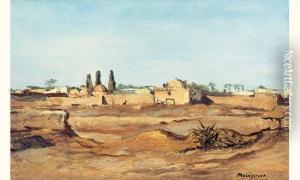Lucien Mainssieux Paintings
Lucien Mainssieux was a French painter, born on October 5, 1885, in Voiron, France. He was known for his paintings, drawings, and museum work, which contributed significantly to the cultural heritage of his hometown. Mainssieux showed an early interest in art and started his formal art education at the École des Beaux-Arts in Lyon. He later moved to Paris to continue his studies and was influenced by the work of the Impressionists and Post-Impressionists.
Mainssieux's style evolved over the years, initially reflecting the influence of the academic tradition and then moving towards a more personal and expressive approach. He was particularly adept at capturing the subtleties of light and atmosphere in his landscapes and portraits. His work often depicted the French countryside, including scenes from the Dauphiné region where he grew up.
During World War I, Mainssieux served in the French army, an experience that impacted his life and work. After the war, he returned to painting and began to gain recognition for his art. He exhibited in various salons and galleries, receiving several awards and honors for his contributions to French art.
Besides his painting career, Lucien Mainssieux was instrumental in the establishment of the museum in his native town of Voiron. He donated his collection of art and artifacts to the town, leading to the founding of the Musée Mainssieux in 1938. The museum houses a rich collection of his work, along with pieces from other artists and objects that reflect the local history and culture.
Mainssieux continued to paint and contribute to the art world until his death on February 28, 1958. His legacy is preserved through his art, the museum that bears his name, and the respect he garnered as a dedicated artist and cultural benefactor.
